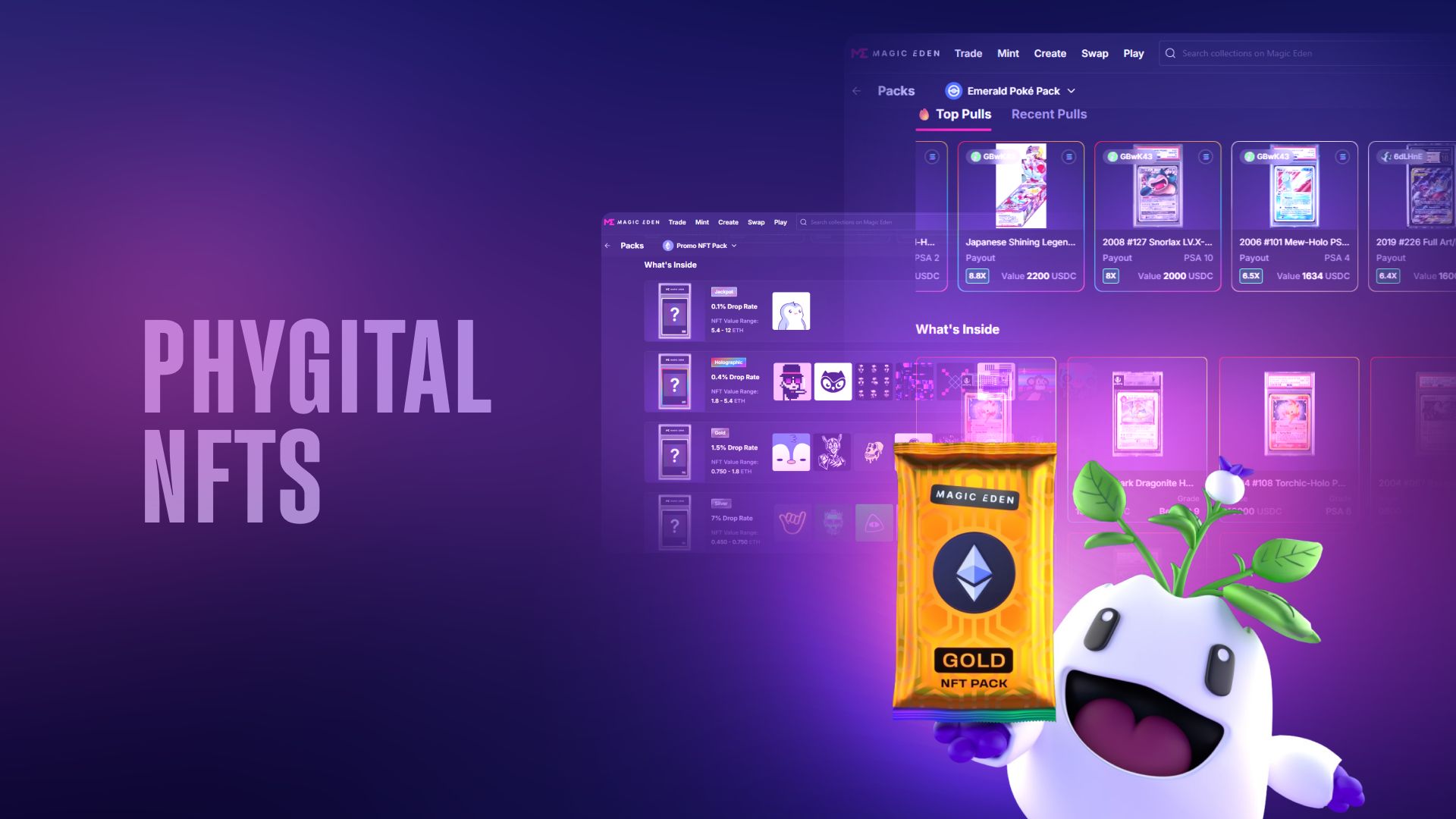
Bringing DeFi to Bitcoin has opened the biggest blockchain and cryptocurrency to a slew of new capabilities. Made possible through on-chain innovations on Bitcoin and the emergence of the Layer 2 protocols, you can now find many of the decentralized financial services you know from chains like Ethereum and Solana on Bitcoin.
Read on to learn what Bitcoin DeFi is, how it works, why Bitcoin is a great place for building DeFi apps and what’s on offer in the BTCFi ecosystem.
Bitcoin DeFi (BTCFi) refers to the ecosystem of DeFi applications and protocols built on Bitcoin L1 and L2.
Due to Bitcoin’s intentionally limited smart contract abilities, DeFi first expanded on other blockchains. Recently more DeFi applications have chosen to build on Bitcoin for it’s unprecedented security and decentralization with solutions offered by Layer 2s.
Layer 2 protocols introduced expressive smart contract support, Bitcoin is now on track to build a strong DeFi ecosystem, competing with the top players in this space. The launch of the Ordinals protocol has helped as well, introducing the DeFi use case of asset issuance directly on Bitcoin in the shape of BRC-20 and, later, Runes tokens.
DeFi on Bitcoin is an evolving field that relies on smart contracts to process transactions on dApps.
Though it’s been key to its success so far, Bitcoin’s (intentionally) restricted programmability has made it difficult to build directly on L1. Other constraints have included limited scalability and interoperability challenges.
That said, the birth of protocols like Ordinals and the successive advent of BRC-20 and Runes tokens have opened doors for more DeFi-like solutions on the mainchain, which was previously considered out of reach or very complicated to implement.
With the implementation of Bitcoin Layer 2s, programmability in the Bitcoin ecosystem became a reality. This has given Bitcoin the capability to scale without sacrificing its innate security and decentralization.
By providing enough programmability, developers got a chance to build a wide array of DeFi applications. Such dApps support trading, lending, borrowing, staking, and more in the Bitcoin DeFi space.

Building DeFi on Bitcoin has several advantages.
Bitcoin is considered to be the most decentralized blockchain network. It is practically impossible for a single entity to assume control. Compared to other blockchains, this makes DeFi applications on Bitcoin more secure when it comes to censorship or possible attacks on the network.
Bitcoin’s unprecedented security is guaranteed by its immense computational power or hashrate. This makes it impervious to attacks, as any malicious actor would have to take over at least 51% of the network’s mining power. However, Bitcoin’s widespread mining operations make this type of attack unviable.
For over 16 years, the Bitcoin blockchain has prided itself on an enviable track record of uptime and consistency, interrupted by only a couple of brief incidents in the first years of its existence. As such, Bitcoin is now considered to be a predictable, reliable, and sensible choice for conducting important financial services smoothly, whenever and wherever you need to.
"The emergence of scaling solutions and on-chain protocols like Ordinals and Runes has unlocked Bitcoin's potential for DeFi in ways previously unimaginable. We're not just porting existing DeFi models; we're witnessing the birth of Bitcoin-native financial innovation." says Zhuoxun Yin, COO & Co-Founder of Magic Eden.

Aside from countless potential future use cases in the Bitcoin DeFi ecosystem, some of the existing ones include:
Decentralized exchanges (DEXs) are peer-to-peer platforms that facilitate trading and swapping of tokens between users directly from their wallets. These are typically built on the Bitcoin layers, such as Stacks (STX) and Rootstock (RSK). One of the most popular DEXs on Bitcoin L2s is Sovryn.
While Bitcoin doesn’t natively support BTC staking the way it’s being done on the proof-of-stake chains, staking can now be found in this ecosystem in various forms. Bitcoin DeFi staking protocols, such as Acre, allow you to stake native BTC and earn staking rewards in a tokenized version of bitcoin.
In the Bitcoin DeFi system, users can take out loans and gain access to BTC capital without going through centralized intermediaries. This is enabled by Bitcoin-secured lending and borrowing protocols such as Liquidium, where you can borrow or lend bitcoin against Bitcoin Layer 1 assets, such as Ordinals and Runes.
Stablecoins on Bitcoin are another emerging class of assets in this ecosystem. For example, USDB is the first fully regulated stablecoin on Bitcoin, issued on Spark by stablecoin issuer Brale and fully backed 1:1 by US dollar reserves. Learn more about Magic Eden's partnership with Spark here.
Both fungible and non-fungible tokens can be issued directly on Bitcoin and Layer 2 protocols like Stacks and Liquid. Examples of native L1 Bitcoin assets include Runes and Ordinals, which users can buy, sell, swap, or trade on Magic Eden.
Like any emerging ecosystem, Bitcoin DeFi comes with a unique mix of strengths and trade-offs that are important to understand before you get involved with it.
How to download the Magic Eden App (Chrome Extension)
Now, let’s look at how you can enter the BTCFi ecosystem using Magic Eden:
Install the Magic Eden app in your Chrome browser or mobile device. Once installed, follow the steps to import or create a new wallet.
You’ll need bitcoin in your Magic Eden app to carry out transactions in the Bitcoin DeFi space.
You can buy BTC via this wallet by using your credit or debit card or cross-chain swap another cryptocurrency for it (like SOL or ETH).

Tap into the meme coin market on Bitcoin by swapping your BTC for popular Runes tokens. You can do it directly on the Magic Eden app or connect your wallet to the Magic Eden marketplace and select the rune you want to buy (e.g. DOG•GO•TO•THE•MOON).
Under the ‘Swap’ tab, type in the amount you want to buy and hit the ‘Swap’ button to execute the trade.

As an example for how these protocols can work together, anyone could buy runes, borrow BTC against them on Liquidium, and use the new Bitcoin on any other protocol (including minting Runes).
Magic Eden is your first step to enter Bitcoin DeFi. From Ordinals to Runes, stablecoins to meme coins, we make it easy to discover and interact with the entire BTCFi ecosystem.
Download the Magic Eden app today and start exploring Bitcoin DeFi.
Not exactly, as Bitcoin is a Layer 1 independent blockchain. However, it’s being used to power various DeFi applications. These are financial services running on public blockchains, like Bitcoin. Builders develop DeFi applications on Bitcoin or its Layer 2 protocols, running concurrently with the Bitcoin network.
DeFi on Bitcoin is considered safe when it comes to decentralization and censorship-resistance, as it’s often safeguarded by the underlying blockchain’s security. However, there are inherent risks, much like in the rest of the DeFi environment, that aren’t tied to Bitcoin. These relate to smart contract vulnerabilities, platform security issues, and interoperability problems that can result in financial losses. Therefore, it’s important to stay informed about any relevant developments and only use reputable platforms like Magic Eden, which have passed security audits.
The information provided on this website is provided for general educational purposes only and is in no way financial or investment advice. Certain information may have also been provided to us or prepared by third parties; these materials are provided for convenience and are not an endorsement by Magic Eden. Magic Eden is not liable for any errors, changes or amendments to such information, including any actions taken in reliance on such information.


